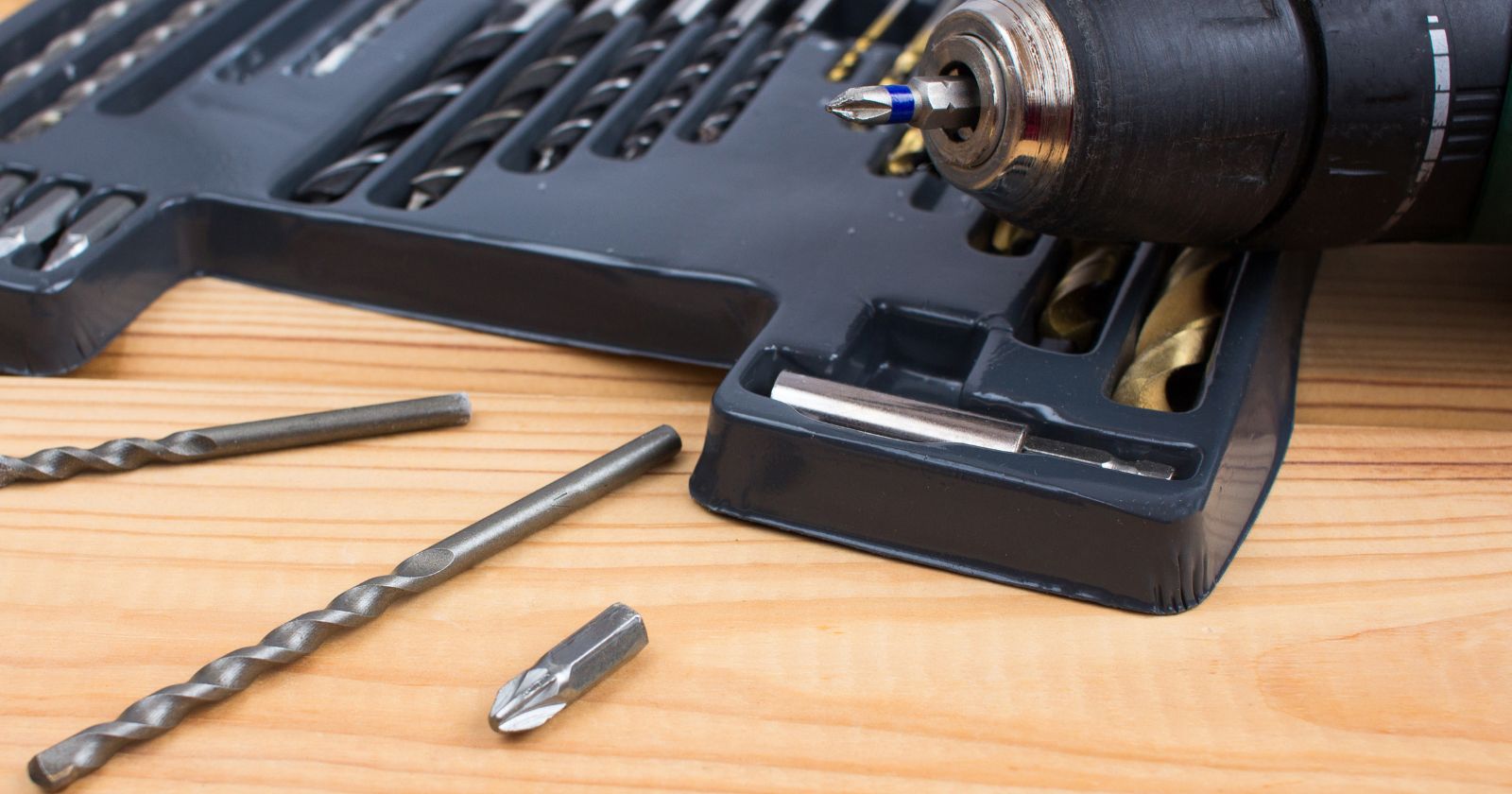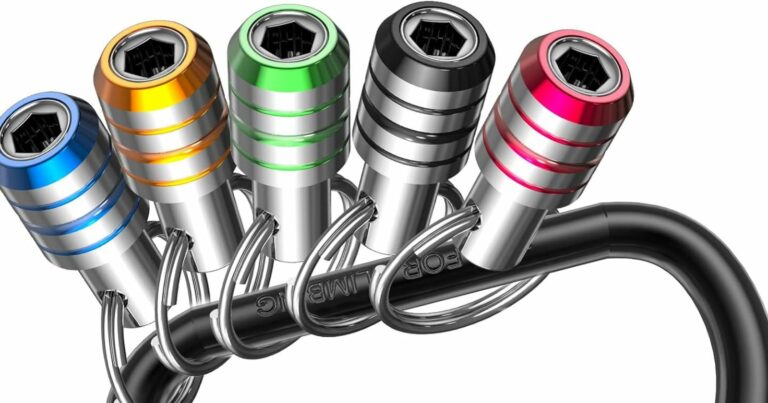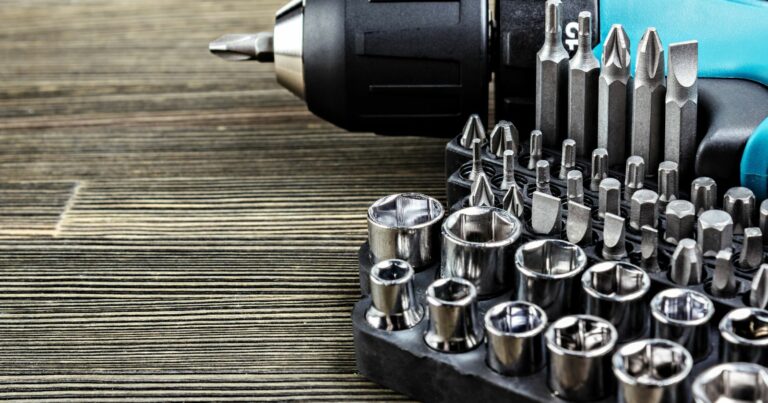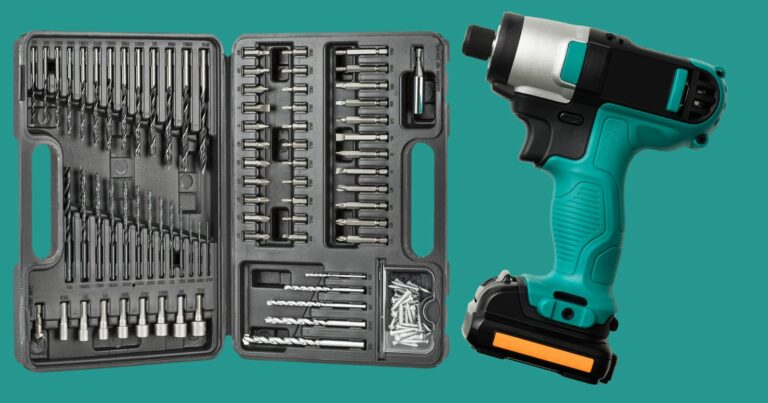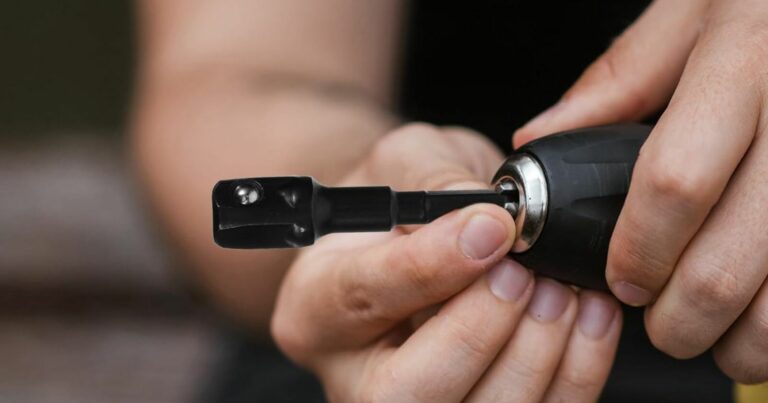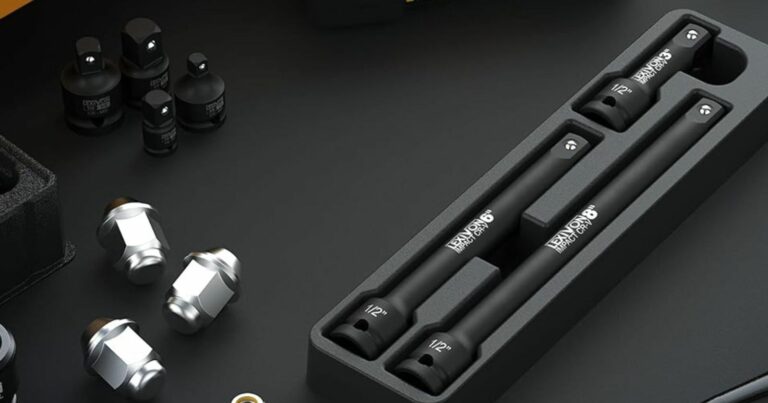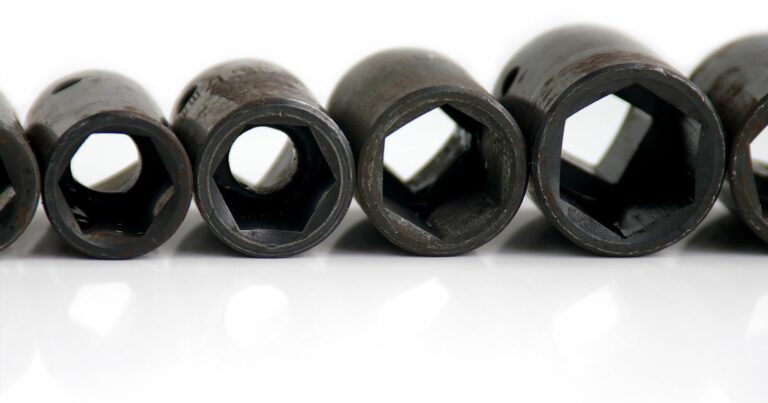Choosing The Right Impact Driver Bits For Different Materials
Embarking on any construction or DIY project brings its own set of challenges, but one aspect that can make or break the success of your endeavor is the selection of the right driver bits for different materials. This seemingly small detail holds immense importance, as the compatibility between the driver bit and the material you’re working with directly influences not just the ease of the task but also the quality of the final product. Choosing the appropriate driver bits for different materials is not merely about matching sizes and shapes; it’s about understanding the physical and chemical properties of both the bit and the material to ensure they work in harmony.
By taking the time to select the correct driver bits for your project, you’re not just preparing for a smoother workflow; you’re setting the stage for excellence in craftsmanship. Whether you’re a seasoned contractor or a weekend warrior, recognizing the pivotal role of the right driver bits can transform your work from good to great, ensuring that every project you undertake is built to last.
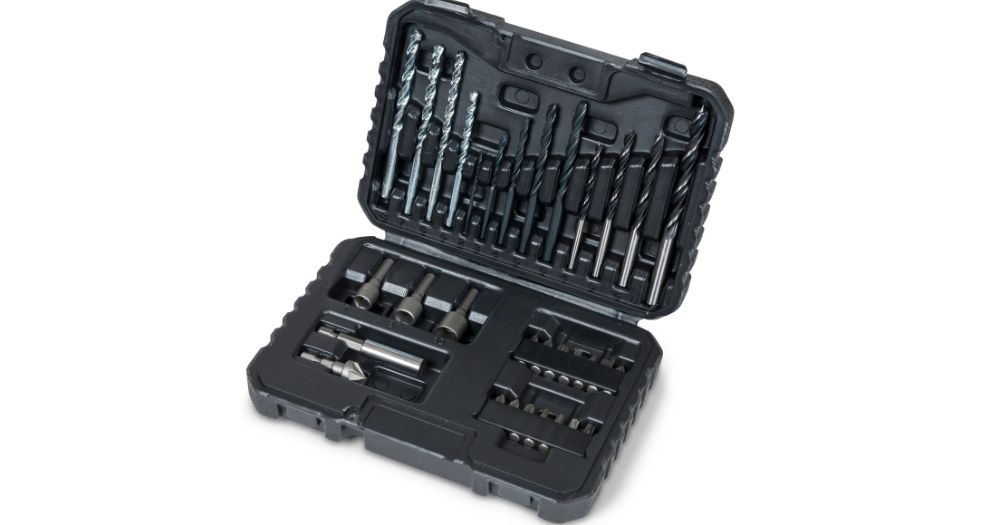
Driver Bits For Different Materials
Selecting the right driver bits for various materials is essential for achieving optimal results in your projects. Each material presents unique challenges, from the softness of wood to the hardness of metal and the brittleness of masonry. Understanding these differences can greatly impact the efficiency and outcome of your work. Here’s a comprehensive guide to choosing the appropriate driver bits for different materials, including wood, metal, masonry, and plastics.
Wood
Softwood
Best Driver Bits for Softwood:
- For softwoods like pine or cedar, Phillips and Pozidriv bits are typically sufficient. These materials are forgiving, allowing these common bits to provide a secure fit without slipping.
Tips for Preventing Wood Splitting:
- Pre-drill pilot holes to reduce splitting, especially near the edges.
- Use a countersink bit to ensure screws sit flush without pushing the wood fibers apart.
Hardwood
Recommended Driver Bits for Hardwood:
- Torx and Square (Robertson) bits are ideal for hardwoods such as oak or maple. Their design allows for higher torque application without damaging the screw head or bit.
Techniques to Enhance Precision:
- Keep the drill steady and apply consistent pressure to avoid slipping.
- Gradually increase speed to prevent burning the wood or dulling the bit.
Metal
Thin Metal Sheets
Ideal Driver Bits and Speed Settings:
- Cobalt or Titanium-coated bits are recommended for their durability and heat resistance.
- Use a slow speed setting to prevent overheating and to maintain control over the drilling process.
Thick Metal or Hardened Alloys
Suggested Bits and Handling Tips:
- High-Speed Steel (HSS) bits are suitable for thick metals, but Cobalt bits are preferred for hardened alloys.
- Apply cutting fluid to reduce heat and wear on the bit. Use steady, moderate pressure and a medium speed setting.
Masonry
Concrete
Specialized Masonry Bits and Usage Tips:
- Carbide-tipped bits are necessary for drilling into concrete. Their hardness allows them to penetrate tough materials without dulling.
- Use a hammer drill set to the hammer mode for best results, and drill in short bursts to prevent overheating.
Brick
Bit Types for Efficient Brick Drilling:
- Carbide-tipped masonry bits are also recommended for brick. Their design allows for effective penetration and durability.
- Maintain a steady speed and apply even pressure. Avoid using the hammer function unless necessary to prevent brick damage.
Plastics
Tips on Choosing the Right Driver Bits for Various Plastics:
- For soft plastics, use Phillips or Pozidriv bits to avoid cracking. For harder plastics, Torx or Hex bits can provide better torque control.
- Select a bit size that closely matches the screw body to minimize stress on the material.
Avoiding Melting and Cracking:
- Drill at a slow speed to reduce friction and prevent the plastic from melting.
- Support the backside of the plastic to reduce the risk of cracking as the screw exits.
Choosing the right driver bits for different materials is crucial for any project. Whether working with wood, metal, masonry, or plastics, understanding the material properties and how they interact with different driver bits can lead to better outcomes, higher efficiency, and reduced material waste. Remember, the right tools and techniques are your best allies in achieving professional-quality results.
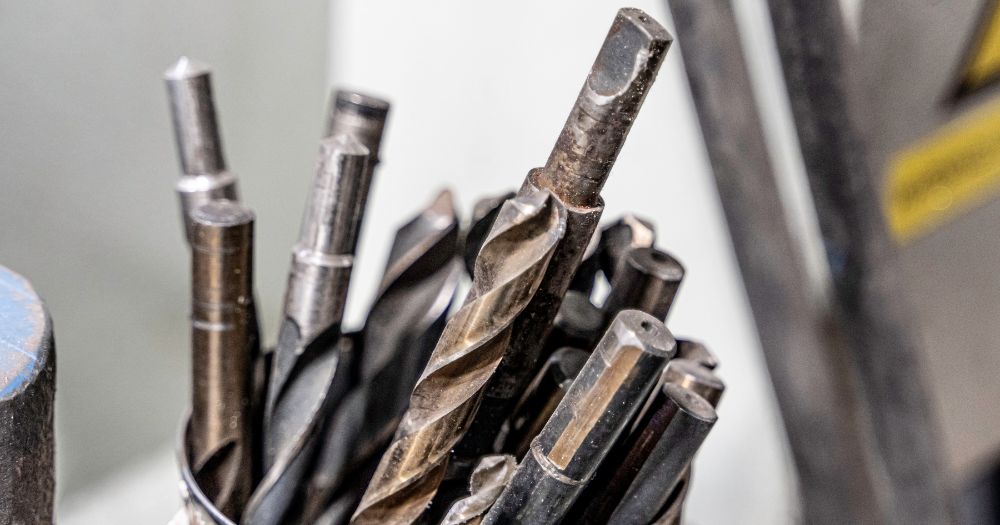
Selecting The Right Bit For Your Project
The success of your construction or DIY project largely depends on the small details, and selecting the right driver bit is a critical decision that can significantly influence the outcome. This choice should not be taken lightly, as the right bit can enhance your efficiency, accuracy, and the overall quality of your work.
Factors to Consider
When choosing a driver bit, several factors come into play, and understanding these can help you make an informed decision:
- Material Hardness: The hardness of the material you’re working with is a primary consideration. Softer materials like wood require different bits than harder materials like metal or masonry. Using the wrong bit can lead to damage both to the material and the bit itself.
- Bit Durability: Not all bits are created equal. Some are designed for light-duty tasks, while others are made to withstand the rigors of heavy-duty, professional-grade work. Consider the durability of the bit material, such as high-speed steel (HSS), cobalt, titanium-coated, or carbide.
- Project Size: The scope of your project also dictates the type of bit you should use. For small, quick jobs, a standard bit may suffice. However, for larger projects or those requiring precision, investing in higher-quality bits or specific types like Torx or Pozidriv can make a significant difference in ease and quality of work.
Bit Maintenance and Care
To ensure your bits last as long as possible and remain in good working condition, proper maintenance and care are essential:
- Cleaning: Regularly clean your bits to remove debris and buildup, which can affect their performance. A simple wipe down after use can prevent rust and corrosion.
- Storage: Store your bits in a dry, organized manner. Many sets come with cases designed to keep each bit securely in its place, protecting their edges and tips from damage.
- Regular Inspection: Check your bits for wear and tear before each use. Dull, damaged, or worn bits can compromise your work and should be replaced or sharpened if possible.
Troubleshooting Common Issues
Even with the best preparation, issues can arise. Here are a few common problems and how to handle them:
Stripped Screws
Stripped screws are a common frustration that can stall your project. To avoid stripping screws:
- Ensure you’re using the right size and type of bit for the screw.
- Apply steady pressure and make sure the bit is fully inserted into the screw head before starting.
- If a screw does get stripped, special extracting tools and bits are available that can grip and remove the damaged screw.
Bit Slipping
A slipping bit can cause damage to the screw head or your material. To ensure a secure fit:
- Double-check that the bit matches the screw head exactly.
- Apply even pressure and start slowly to establish a secure engagement before increasing speed.
- For high-torque situations, consider using bits with a better grip, such as Torx or square (Robertson) bits, which are less likely to slip.
By paying attention to the selection, maintenance, and proper use of driver bits, you can avoid common pitfalls and ensure your projects are completed with precision and ease. Whether you’re a seasoned professional or a DIY enthusiast, understanding these aspects of bit usage will enhance your toolkit’s effectiveness and your overall satisfaction with your work.
Watch This Video And Learn About Choosing The Right Impact Driver Bits For Different Materials
Safety Tips When Using Driver Bits
While engaging in any project that involves tools, safety should always be your top priority. The use of driver bits, in particular, requires attention to detail not just in selecting the right bit for the job, but also in ensuring you’re using them in a manner that protects both you and your workspace. Here, I’ll dive into some essential safety tips that every tool user, from the novice DIYer to the seasoned professional, should keep in mind.
Protective Gear
The first line of defense against potential accidents is wearing the right protective gear. Here’s what you should always consider before starting your project:
- Safety Glasses: Protecting your eyes is paramount. High-speed drills can send particles and debris flying, posing a risk to your eyesight. Always wear safety glasses with side shields to provide comprehensive protection.
- Gloves: While they might not always be necessary, gloves can provide a better grip on your tools and protect your hands from blisters, cuts, and abrasions. When handling rough materials or changing out bits, gloves can offer that extra layer of safety.
- Hearing Protection: Prolonged exposure to the noise from power drills can lead to hearing damage. Use earplugs or earmuffs to protect your hearing, especially during extended periods of work or when working in confined spaces where sound can amplify.
- Dust Mask or Respirator: Depending on the material you’re working with, there might be harmful particles released into the air. A dust mask or respirator can provide protection, especially when drilling into materials like treated wood or certain types of plastics and metals.
Proper Tool Handling
Beyond personal protective equipment, the way you handle your tools plays a crucial role in safety:
- Read the Manual: Before using any new drill or driver bit, familiarize yourself with the tool’s manual. Knowing how to properly operate your equipment can prevent accidents.
- Secure Your Workpiece: Ensure that the material you’re working on is firmly clamped or secured to prevent it from moving. A stable workpiece not only makes for a cleaner job but also reduces the risk of the drill slipping.
- Check Your Bits: Before use, inspect your driver bits for any signs of wear, damage, or dullness. Using compromised bits can lead to them breaking mid-task, potentially causing injury.
- Maintain a Clean Workspace: Keep your working area free of clutter and any unnecessary tools or materials. A tidy workspace minimizes the chances of tripping or accidentally knocking over your project.
- Use the Drill Properly: Always hold the drill firmly with both hands, when possible, and keep your body in a stable position to absorb any kickback. Start slowly to ensure the bit has properly engaged before increasing speed.
- Power Off Before Changing Bits: Always ensure your drill is switched off and unplugged (if corded) before attempting to change out bits. For battery-operated drills, remove the battery. This simple step can prevent accidental startups.
By adhering to these safety tips, you can ensure that your use of driver bits and power drills is both effective and secure. Remember, taking a few extra precautions can make a significant difference in preventing injuries and ensuring that your projects are not only successful but also safe.
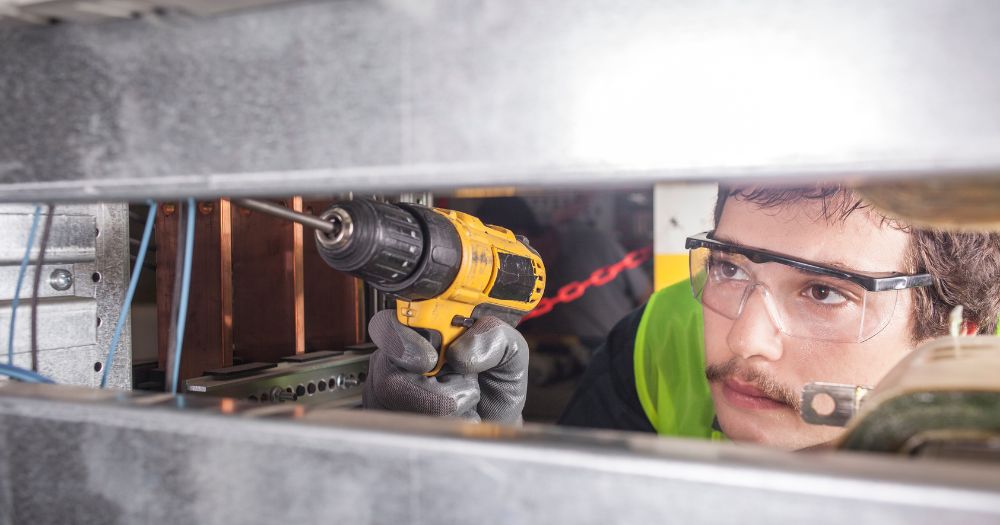
Conclusion
Selecting the correct driver bits for different materials is not just a matter of convenience; it’s a cornerstone of successful project execution. Throughout this guide, I’ve explored the nuances of choosing the right driver bits for a variety of materials: wood, metal, masonry, and plastics. Each material presents unique challenges, from the soft, forgiving nature of pine to the unyielding hardness of concrete, necessitating a thoughtful approach to bit selection.
I encourage you, the readers, to share your experiences or tips regarding driver bits. Your insights could prove invaluable to someone just beginning their exploration or even to those looking to solve a specific challenge. Have you discovered a particular brand or type of bit that outperforms others for a certain material? Or perhaps you’ve learned a hard-earned lesson on the importance of bit maintenance? Whatever your story, your contribution can help build a community of knowledge that enriches us all.

